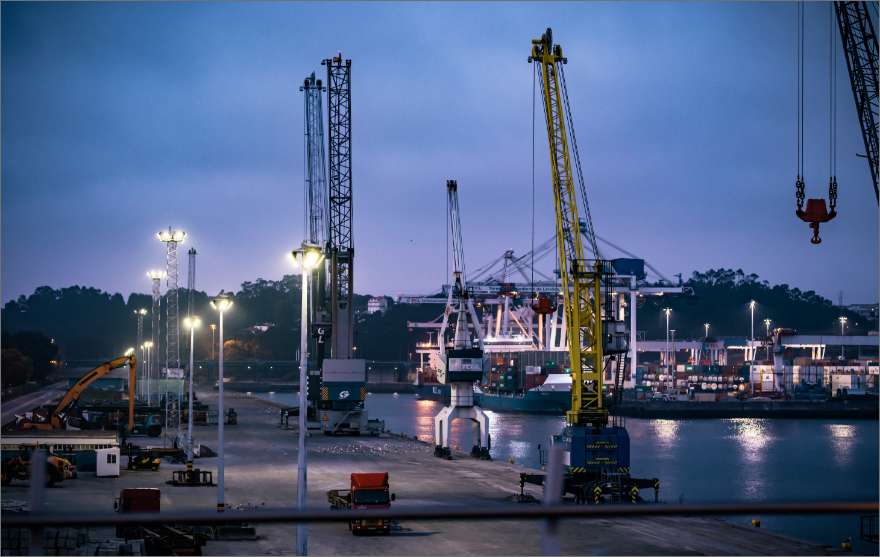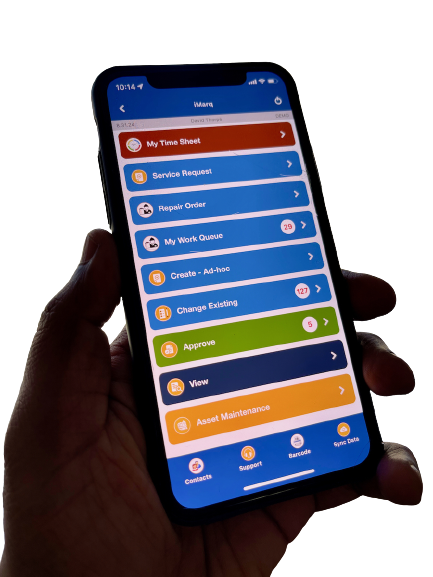The logistics and shipping sector is the backbone of international trade and commerce that facilitates the delivery of goods to end customers. Statistics suggest that around 90% of the world’s goods are transported by sea. However, the pandemic disrupted the global supply chains, severely impacting warehousing, freight transportation, and movement. The pandemic has slowed the freight management sector because of stricter border movements, shortages of labor and equipment, and new regulations regarding international trade.
Despite these disruptions, digitization offers a solution for the sea freight management industry to develop more efficient, proactive, and adaptable strategies for a well-functioning logistics sector. A Journal of Commerce report says that “digital is not just a nice-to-have philosophy; rather, it is the key to survival.” Large legacy players are constantly under pressure from innovative players who can adapt and adopt digital systems and processes quicker. BCG suggests that digital transformation requires drawing on technologies like artificial intelligence and machine learning, improving customer experience, and embracing digital processes, automation, and analytics. Some of how digitization will help create a robust sea freight management ecosystem include:
1. Optimizing Resources
One of the biggest problems plaguing the sea freight management sector is the lack of equipment and resources. With digitization, freight management companies can generate a bankable data ecosystem that helps predict availability and provide insights about optimally using the available resources. Digitization also helps companies manage and streamline operations and make the best use of resources while maintaining the efficiency and consistency that the business requires.
2. Scheduling of Shipment
Owing to the rising uncertainty around international trade, labor, and equipment shortages, scheduling shipments ensures operational efficiency and business productivity. Digitization enables shipment companies to plan, schedule, and consolidate shipments to meet international demands. Many major players have already adopted digitization to schedule their shipments. This indicates that the freight management industry has now moved beyond the experimental phase towards finally adopting digitization into their “live” commercial processes.
3. Real-Time Updates

Real-time updates are one of the essential byproducts of digitization that revolutionize the freight management sector. Digitization helps companies view and schedule shipments and monitor real-time updates through interactive dashboards. These dashboards can track and predict any possible hurdles in the supply chain, build a stronger connection with customers and improve customer experience through active engagement.
4. Route Optimization
With digitalization, shipment and freight management companies can optimize their routes, particularly in an uncertain business environment. While route optimization is nothing new, digitization can help make it better. Keeping in mind new deadlines, regulations, and building efficacy, digitization ensures more optimal and accessible routes that save time and resources. style=”background-color: transparent;”
5. Improving Customer Experience
With the increasing importance of artificial intelligence technologies, machine learning, AI, and automation, freight management companies cannot ignore the most critical aspect of business that these technologies can impact – customers. Digitization helps improve customer experience by boosting reliability, detecting potential delays, and alerting customers in advance. With digitization, customers can access a digital platform where they can keep track of freight shipments. Companies can even set up automated communications to keep customers in the loop. This is the self-service culture of today that wins customer satisfaction – real-time, on-demand updates.
6.Analytics and Reporting
Digitization provides analytics and reporting applications that help freight management companies monitor and track on a real-time and predictive, basis. Digitization centralizes freight analytics and reporting into a single digital platform, which can create digital dashboards that allow monitoring continuously. Reports from other digital apps and platforms can be integrated into a single dashboard that can be a universal source of truth for all the supply chain players alike.
Connixt is a mobile-first, enterprise-centered suite that digitizes and automates processes like asset maintenance, crew/work management, safety, inspections, compliance, and inventory. If you are interested in the non-invasive digitization of your operations, book a demonstration with Connixt today!





